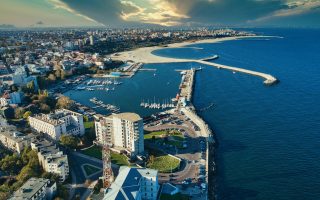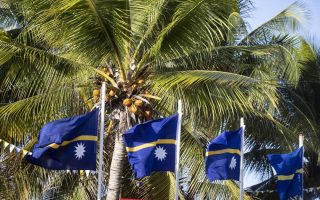kickstand-project.org – Nestled in the vast Atlantic Ocean, approximately 500 kilometers off the northwest coast of Africa, lies the enchanting archipelago of Madeira. Known as the “Island of Eternal Spring,” Madeira is a Portuguese gem that boasts a unique blend of natural beauty, rich history, and a warm, welcoming culture. This article delves into the myriad charms of Madeira, exploring why it has become a beloved destination for travelers seeking a tranquil escape from the hustle and bustle of everyday life.
A Tapestry of Natural Wonders
Madeira’s landscape is nothing short of breathtaking. The island’s rugged coastline, towering cliffs, and lush valleys are a testament to its volcanic origins. The Laurisilva forests, a UNESCO World Heritage site, are a dense, primeval forest that covers much of the northern part of the island. These ancient woods are home to a diverse array of flora and fauna, offering a serene environment for hiking and bird watching.
The island’s levadas, or irrigation channels, are another natural marvel. These intricate waterways were built over centuries and now serve as paths for some of the most scenic walks on the island. The Levada do Caldeirão Verde, for example, takes hikers through lush landscapes to the stunning Caldeirão Verde waterfall.
A Mild Climate Year-Round
True to its nickname, Madeira enjoys a mild, spring-like climate throughout the year. The island’s location and topography create a microclimate that is perfect for both relaxation and outdoor activities. Temperatures rarely drop below 15°C (59°F) in the winter or exceed 25°C (77°F) in the summer, making it an ideal destination for those seeking a respite from extreme weather conditions.
This temperate climate also allows for a vibrant floral display year-round. The Madeira Flower Festival, or Festa da Flor, is a testament to the island’s floral abundance. Held annually in April, the festival features elaborate floral carpets, parades, and exhibitions that transform the capital, Funchal, into a sea of colors.
Culinary Delights and Local Wines
Madeira’s cuisine is a delightful mix of Portuguese and African influences, with a strong emphasis on fresh, local ingredients. Seafood is a staple, with black scabbard fish, or “espada,” being a particular delicacy. The island’s tropical climate also supports the cultivation of exotic fruits, such as passion fruit and mango, which are often used in desserts and cocktails.
No visit to Madeira would be complete without sampling the local wines. Madeira wine, a fortified wine that has been produced on the island since the 15th century, is renowned for its unique flavor profile and long shelf life. The Blandy’s Wine Lodge in Funchal offers tastings and tours, providing visitors with an insight into the winemaking process.
A Rich Cultural Heritage
Madeira’s history is as rich as its natural beauty. The island was uninhabited when it was discovered by Portuguese sailors in the early 15th century. Since then, it has played a significant role in maritime exploration, with its strategic location making it an important stopover for ships traveling to the Americas and the East Indies.
This maritime heritage is evident in the island’s architecture, with many fine examples of Portuguese colonial buildings. The Monte Palace Tropical Garden, once a private estate, now houses a museum that showcases Madeira’s history and culture, alongside stunning tropical gardens.
Conclusion
Madeira, the Island of Eternal Spring, is a place where natural beauty, cultural richness, and a welcoming spirit converge. Whether you’re seeking adventure in its rugged landscapes, relaxation in its tranquil gardens, or a taste of its unique cuisine and wines, Madeira offers an experience that is both invigorating and rejuvenating. As the world continues to discover its hidden corners, Madeira remains a timeless oasis, inviting travelers to embrace its eternal spring.




